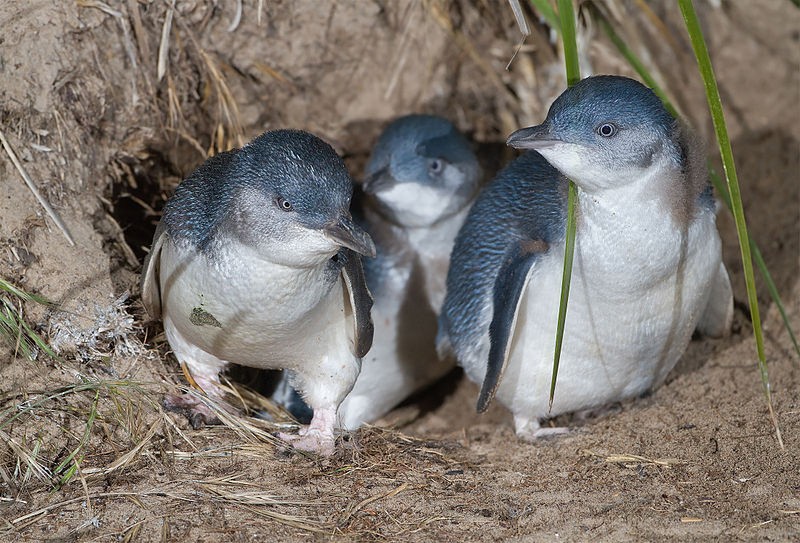After a two-month chase, the elusive fox that threatened Phillip Island's small penguins was apprehended. The fox's arrival on the island southeast of Melbourne is unknown; however, one idea holds that it swam there.

Two-Month Chase
Following a two-month chase, an elusive fox was apprehended after the predator bypassed a defense system and entered Victoria's Phillip Island, endangering a world-famous penguin colony.
Fox-Free Area
After a 25-year campaign to drive the animals out of the region southeast of Melbourne, Phillip Island was certified fox-free in 2017.
Following the death of numerous hens on a local farm in early May of this year, animal footprints and droppings were discovered before infrared security cameras acquired an image of a fox.
Phillip Island Nature Parks reported the fox had been captured on the island's southern shore after a two-month effort on Wednesday.
According to Phillip Island Nature Parks, the predator was mercifully euthanized.
A conservation detection dog assisted in tracking the fox to the area.
How it Got There

The fox's arrival on Phillip Island is still unknown, as cameras on the San Remo Bridge show no trace of it crossing from the mainland.
One possibility is that it swam onto the island, as foxes are known to paddle long distances in search of new territory and food.
Catching the Fox
The conservation team used traps, nighttime surveys, and detection dog searches to find the fox, while droppings and other samples were genotyped to establish its sex and generate a DNA profile.
Foxes are the main danger to the island's tiny penguins, the world's biggest population, and other natural animals, cattle, and domestic pets.
"We will stay alert and perform comprehensive surveys until we are satisfied that the island is fox free again," said Peta Wittig, interim chief executive of Phillip Island Nature Parks.
Also Read: Hundreds of Little Blue Penguins Washed Ashore in New Zealand, Experts in Desperate Search for Answers
Little Penguin Colony
The Summerland Peninsula on Phillip Island is home to Australia's biggest colony of Little Penguins, with around 40,000 breeding penguins. The Little Penguin is not only the tiniest penguin, weighing just about 1kg, but it is also the only penguin with blue and white feathers.
Penguin-Preying Fox
The introduction of red foxes to Phillip Island in the early 1900s significantly influenced the island's distinctive ecology. On land, foxes pose the greatest threat to the little penguin. Nine of Phillip Island's ten penguin colonies had been extinct by the 1980s, and the last remaining colony on the Summerland Peninsula, which includes the Penguin Parade, was under threat.
"The small penguins' primary threat on land is foxes."
Farmers and rangers began collaborating to manage the foxes, yielding over 1000 foxes in the previous 20 years.
Phillip Island Nature Parks launched the Fox Eradication Project in 2006, focusing on various integrated strategies to eradicate foxes from the island. If successful, this will significantly assist tiny penguins, short-tailed shearwaters, and other Phillip Island animal populations.
Related Article : Ocean Warming Makes the Water 'Louder,' Impacting Marine Life
For more Environmental News, don't forget to follow Nature World News!
© 2025 NatureWorldNews.com All rights reserved. Do not reproduce without permission.





